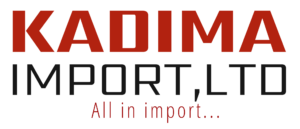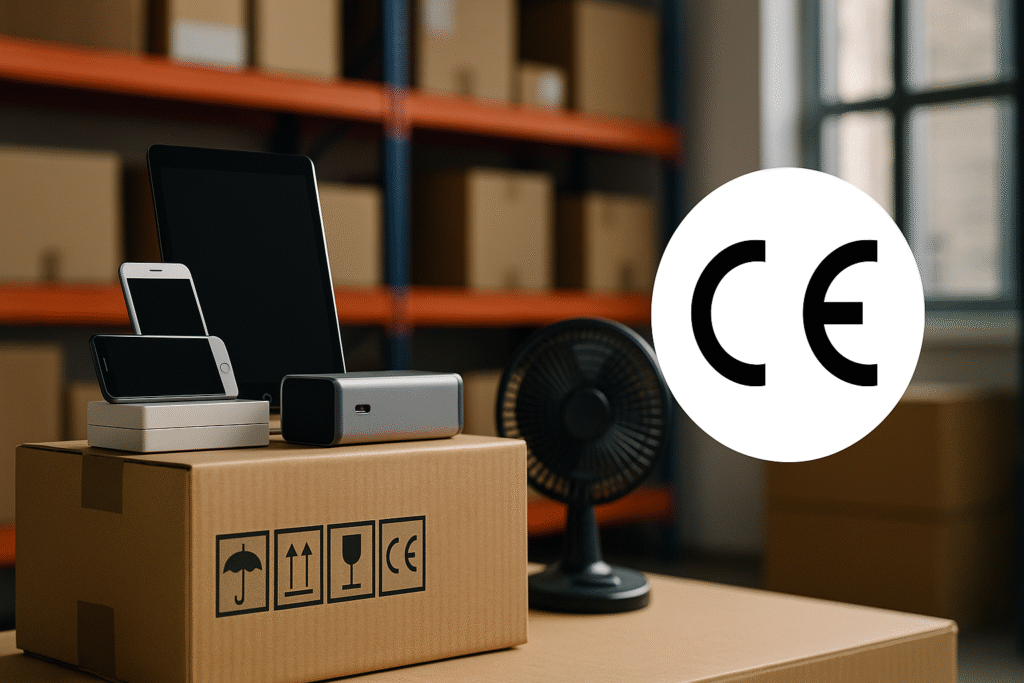Importing electronics and CE marking for market access
Importing electronics into the European market requires more than a purchase order. CE marking signals that a product meets essential safety, health and environmental requirements. It is not a marketing label but a legal declaration that the device complies with relevant Union legislation. Before any unit is placed on the market, the product must be assessed against the applicable rules. This foundation reduces risks for consumers and for your business. It also ensures a consistent level of protection across Member States. Treat CE as your gatekeeper. Without it, customs or market surveillance can stop distribution. With it, you align your products to a harmonised set of expectations.
Conformity assessment when importing electronics
The route to CE begins with a conformity assessment. The exact procedure depends on the product category and the legislation that applies. Manufacturers generate a technical file that explains design, risk controls and test outcomes. Importers must ensure that this file exists and is available to authorities upon request. A clear EU Declaration of Conformity must be issued and kept. Labels, instructions and safety information need to match the legal language and content requirements. Testing is not a one-time event. Evidence must support the claims made in the declaration. When models change, documentation should be updated to reflect the new configuration and any additional hazards.
Importer responsibilities and product traceability
Importers have specific legal duties distinct from those of manufacturers and distributors. They must verify that the manufacturer has carried out the appropriate assessment and prepared documentation. They also ensure that the CE mark is affixed correctly and that products carry the necessary identification and contact details. Instructions and safety information must accompany each unit. If the importer believes a product presents a risk, they must act. That action can include corrective measures or notifying authorities. Traceability supports fast responses. Keep records that map batches to suppliers and customers. This discipline protects consumers and helps resolve issues quickly and transparently.
Ongoing compliance in importing electronics
Compliance continues after the goods clear customs. Market surveillance authorities perform checks to protect users and maintain fair competition. They can request files, test samples or restrict sales when risks appear. Importers should maintain internal controls to monitor quality and handle complaints. Changes in standards or legislation may affect a product’s status. Monitor updates and review your declarations when rules evolve. Aligning internal processes with legal duties makes compliance routine rather than reactive. The outcome is predictable market access, fewer delays and stronger trust with partners. In competitive supply chains, that reliability becomes a strategic advantage.
Source: European Commission

